Source: OCHA
The Yemen Humanitarian Response Plan (YHRP) for 2021 was released on 16 March, appealing for US$3.85 billion to provide humanitarian assistance to some 16 million people in need, including 12.1 million people in acute need. The YHRP is based on the 2021 Yemen Humanitarian Needs Overview (HNO), published by the Humanitarian Country Team in February, which highlighted that Yemen – already the world’s worst humanitarian crisis for the past four years – is at high risk of rapidly deteriorating into the worst famine the world has seen in decades.
Unprecedented levels of humanitarian assistance helped avert famine and other disasters in 2019, yet the underlying drivers of the crisis persist. Throughout 2020, the humanitarian situation was aggravated by escalating conflict, the COVID-19 pandemic, disease outbreaks, torrential rains and flooding, a desert locust plague, economic collapse, a fuel crisis across northern governorates and reduced humanitarian aid. As the devastating armed conflict continues into 2021, vulnerable populations are increasingly unable to cope. Today, some 20.7 million people in Yemen require some form of humanitarian and protection assistance. More than 16.2 million of them face going hungry this year, including some 5 million people on the verge of famine and nearly 50,000 people already experiencing famine-like conditions. 7.6 million people are estimated to need services to treat or prevent malnutrition, and over 2.25 million children aged below five and more than a million pregnant and lactating women are projected to suffer from acute malnutrition in 2021.
Meanwhile, preventable diseases have become pervasive and morbidity and mortality are increasing, even as health partners do all they can to mitigate and address the spread of COVID-19 while safeguarding the existing health system from collapse. The conflict continues to devastate families, put civilians at grave risk and cause the death and injury of men, women and children. Since its start, the conflict has displaced over 4 million people, making Yemen the fourth largest internal displacement crisis worldwide. Against all this is an operating environment that has been extremely restricted, characterized by extensive access challenges and insecurity that hinder a principled aid operation. With principled aid delivery at risk, humanitarian partners continue to calibrate assistance to reduce risk levels and strengthen measures to ensure that assistance goes where it should – to the people who most need it.
The escalating conflict, deteriorating economic situation, food insecurity and nutrition conditions indicate that needs will continue to increase this year. Even more suffering looms from potential shocks such as disease outbreaks, natural hazards and a potential oil spill from the floating storage and offloading unit (FSO) SAFER off Yemen’s west coast.
Without adequate funding, these needs cannot be met and gains achieved to date will be reversed, plunging Yemen even further into crisis.
$3.85 billion is required to ensure that 16 million people in Yemen receive the protection and humanitarian assistance they need this year. The 2021 YHRP strategy is centered on three priority objectives: (i) preventing disease outbreaks and reducing morbidity and mortality; (ii) preventing famine, malnutrition and restoring livelihoods; and (iii) protecting and assisting civilians. 167 partners will implement the response, which focuses on displaced and marginalized communities, and for which enhanced cooperation between the humanitarian community and the Government of Yemen and the authorities in Sana’a will be essential. At a high-level pledging event co-hosted by the UN and Governments of Switzerland and Sweden on 1 March, nearly $1.7 billion was pledged towards the HRP funding requirement – less than last year’s pledges, and a billion dollars less than the amount raised in 2019. Some $442.3 million of this has been disbursed, and the humanitarian community continues to urge donors to swiftly disburse the remaining pledges.
It is urgent that aid agencies secure sufficient resources to keep people alive. Inadequate support means that life-saving programs will be forced to stop or scale down, with devastating consequences for Yemen and its people. While the only way to end the crisis in Yemen is ultimately through lasting and inclusive peace, there is still an opportunity to make a difference right now. As emphasized by the UN Under-Secretary-General for Humanitarian Affairs and Emergency Relief Coordinator Mark Lowcock at the high-level pledging event: “Millions of Yemenis are looking to the world for help. The good news is the world knows exactly what is needed to prevent catastrophe: pay for the aid operation, ensure access for aid workers, support the economy and – most of all – end the war. The only question is: what will the world choose to do?”


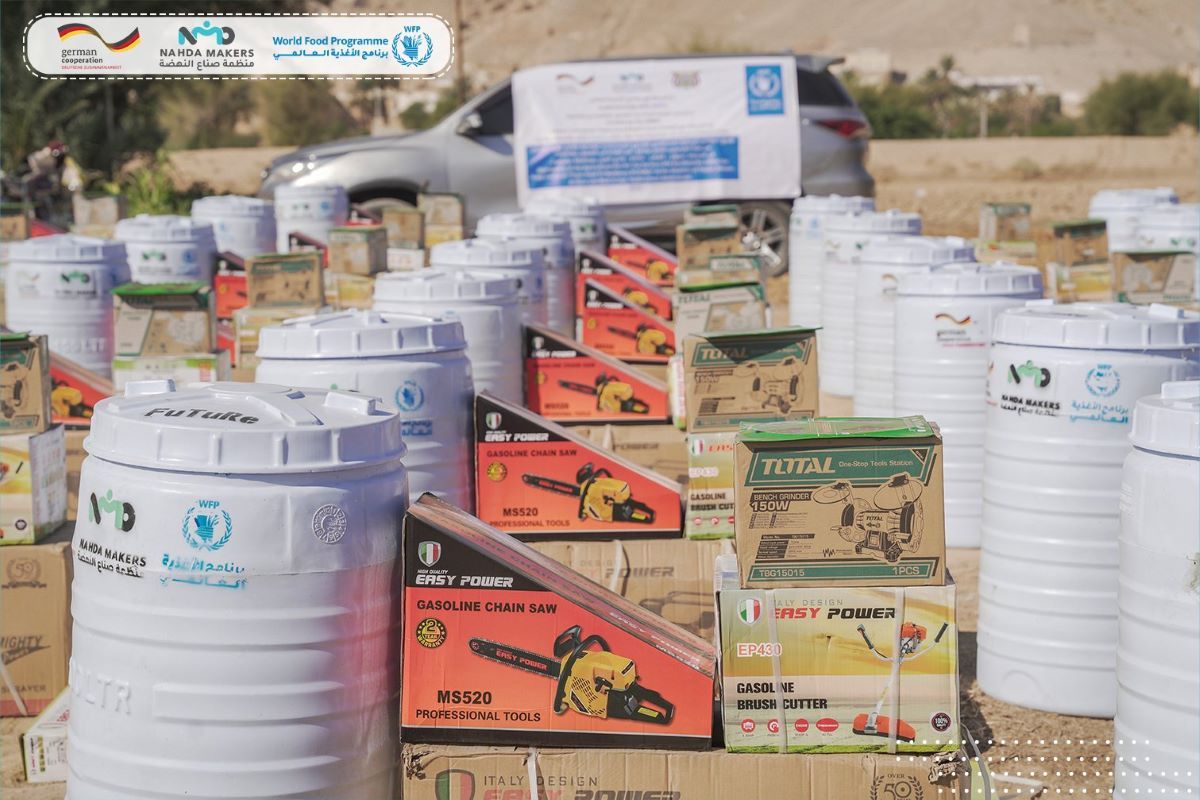


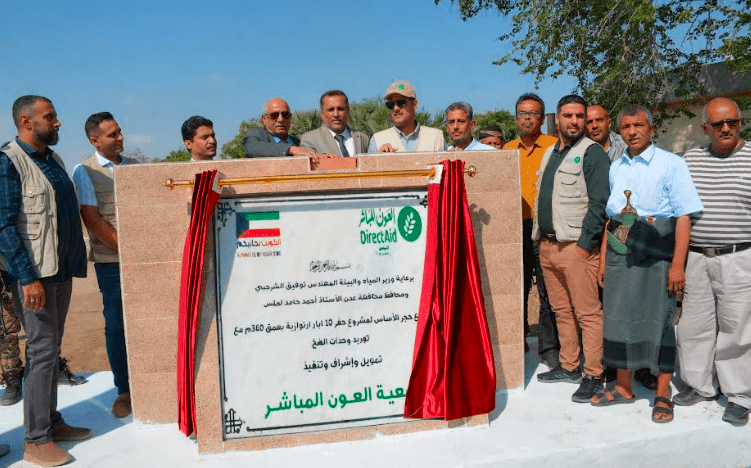

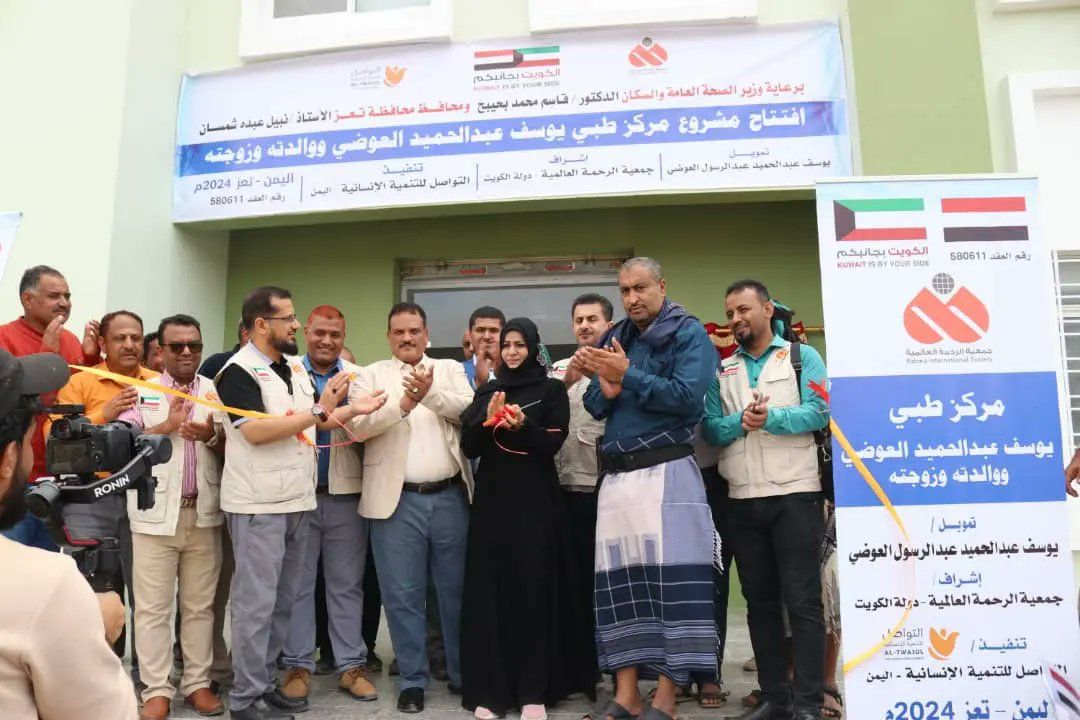

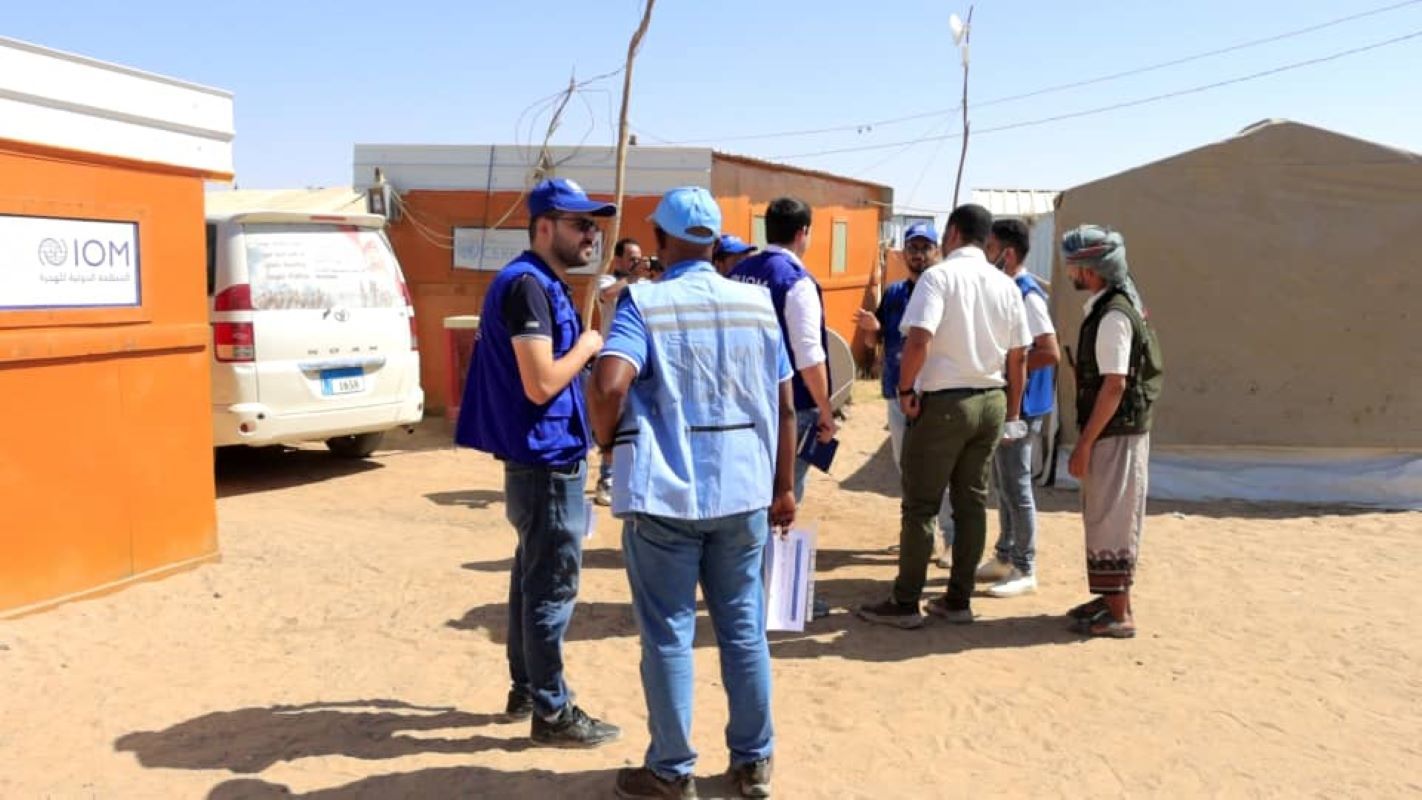


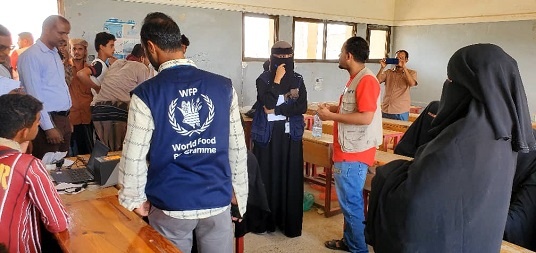
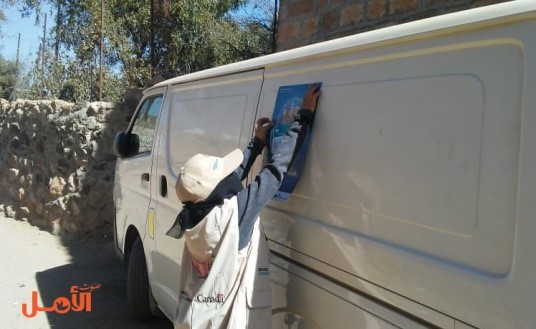
LEAVE A COMMENT